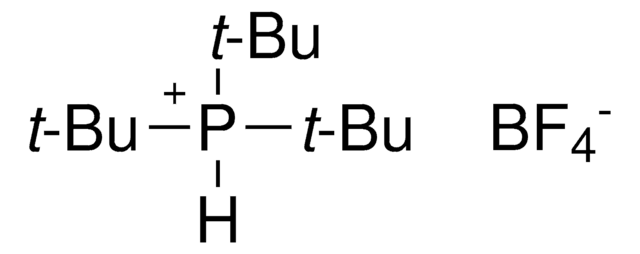Kluczowe dokumenty
20760
Butyronitrile
purum, ≥99.0% (GC)
Synonim(y):
Propyl cyanide
About This Item
Polecane produkty
gęstość pary
2.4 (vs air)
Poziom jakości
ciśnienie pary
23 mmHg ( 25 °C)
klasa czystości
purum
Próba
≥99.0% (GC)
Formularz
liquid
temp. samozapłonu
910 °F
współczynnik refrakcji
n20/D 1.384 (lit.)
n20/D 1.384
bp
115-117 °C (lit.)
mp
−112 °C (lit.)
rozpuszczalność
DMF: miscible(lit.)
alcohol: miscible(lit.)
diethyl ether: miscible(lit.)
water: very slightly soluble(lit.)
gęstość
0.794 g/mL at 25 °C (lit.)
grupa funkcyjna
nitrile
ciąg SMILES
CCCC#N
InChI
1S/C4H7N/c1-2-3-4-5/h2-3H2,1H3
Klucz InChI
KVNRLNFWIYMESJ-UHFFFAOYSA-N
Szukasz podobnych produktów? Odwiedź Przewodnik dotyczący porównywania produktów
Opis ogólny
Zastosowanie
Hasło ostrzegawcze
Danger
Zwroty wskazujące rodzaj zagrożenia
Zwroty wskazujące środki ostrożności
Klasyfikacja zagrożeń
Acute Tox. 1 Inhalation - Acute Tox. 3 Dermal - Acute Tox. 3 Oral - Flam. Liq. 2
Kod klasy składowania
3 - Flammable liquids
Klasa zagrożenia wodnego (WGK)
WGK 1
Temperatura zapłonu (°F)
71.6 °F
Temperatura zapłonu (°C)
22 °C
Środki ochrony indywidualnej
Eyeshields, Faceshields, Gloves, type ABEK (EN14387) respirator filter
Wybierz jedną z najnowszych wersji:
Masz już ten produkt?
Dokumenty związane z niedawno zakupionymi produktami zostały zamieszczone w Bibliotece dokumentów.
Klienci oglądali również te produkty
Nasz zespół naukowców ma doświadczenie we wszystkich obszarach badań, w tym w naukach przyrodniczych, materiałoznawstwie, syntezie chemicznej, chromatografii, analityce i wielu innych dziedzinach.
Skontaktuj się z zespołem ds. pomocy technicznej












